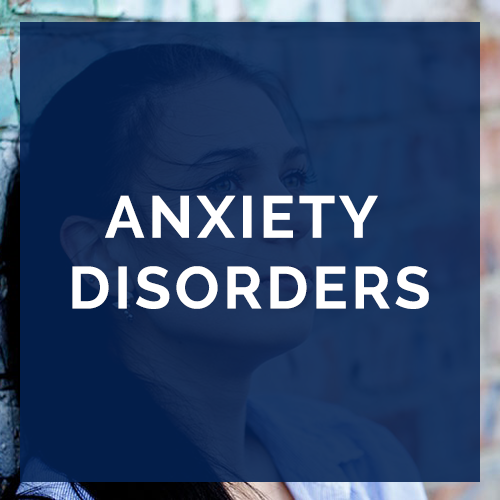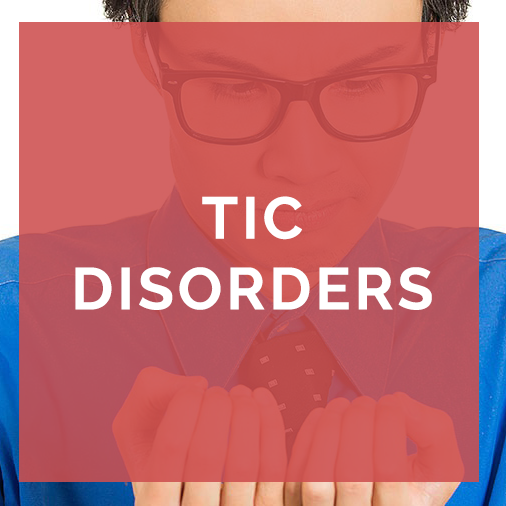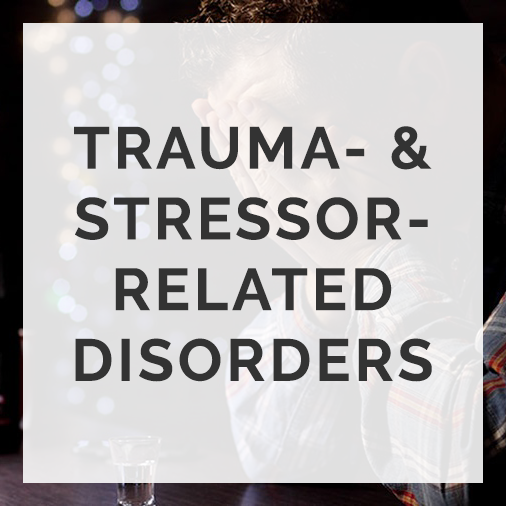
Specific Phobia
Sometimes people are especially afraid of specific objects or situations. When confronted with these things, people experience immediate and extreme fear even though their fear and/or anxiety is out of proportion to the actual danger posed by the object or situation.
Most people recognize that their fear is excessive or unreasonable. However, because the fear response is so intense, some people actively go out of their way to avoid the feared object or situation or torturously endure it. The fear, anxiety or avoidance causes significant suffering & maintains the cycle of fear & avoidance which commonly impacts the person’s normal routines (occupational or academic), their relationships and distress about having the fear itself.
Common types of phobias include but are not limited to:
- Animal (e.g. dogs, spiders, insects)
- Natural Environment (e.g. storms, heights, water)
- Blood-injection-injury (e.g. needles, having invasive medical procedures, seeing blood)
- Situational (e.g. closed-in spaces, public transportation, tunnels/bridges, flying, driving)
- Other (vomiting, choking, loud sounds)
Social Anxiety Disorder (Social Phobia)
Most of us experience some worry or discomfort when having to speak in front of others. Some of us even feel a bit awkward eating or writing in front of others. However, for some, they experience extreme anxiety, fear and even panic when in social or performance situations and more so than most people would be in that situation.
The key feature of social anxiety disorder is a marked and persistent fear of possible scrutiny by others. These individuals often worry that people will judge them as incompetent, stupid, weird, unattractive, etc. or that others will be able to see their anxiety symptoms and they’ll be negatively evaluated for such.
Examples include but are not limited to:
- Meeting unfamiliar people
- Social situations
- Having a conversation
- Being called on in class
- Performing or speaking in front of others
- Eating in front of others
- Writing in front of others
Panic Disorder
Panic disorder occurs when a person suddenly and seemingly out of the blue experiences an abrupt surge of fear and frightening physiological symptoms. This surge of fear can come on unexpectedly and causes intense discomfort that reaches a peak within less than 10 minutes.
Any human being can have a panic attack. When we are in danger, our bodies are physiologically wired to create physical changes to protect us from danger. For example, if we suddenly jumped out of the way of a speeding car, our fear response was activated for survival. Had we stood there and contemplated whether or not we were in actual danger of being hit, we’d very likely end up critically injured or even dead. Unknowingly, and luckily, our fight-or-flight response was activated, and we survived. Had the car stopped, we’d be left with a number of physiological symptoms having escaped a real-life danger. We would likely experience some of the same symptoms experienced during a panic attack.
- Racing heart
- Sweating
- Trembling or shaking
- Shortness of breath
- Smothering sensations
- Choking sensations
- Chest pain or discomfort
- Nausea or gastrointestinal distress
- Feeling dizzy, unsteady, light-headed or faint
- Chills or heat sensations
- Numbness or tingling in the hands and/or feet
- Derealization (feelings of unreality) or depersonalization (feeling detached from yourself)
- Fear of losing control or “going crazy”
- Fear of dying
In the situation above, we wouldn’t be afraid of these symptoms. We’d simply be thankful and wait for them to pass. When we’re in danger, we need our fight-or-flight response to kick in to give us super human strength to run, to fight and to be hyper-vigilant to our surroundings for more danger (e.g. like another predator).
However, when one experiences these same symptoms out of the blue due to a false alarm in our bodies, they can be very frightening. People often fear that they are having a heart attack, dying, going crazy or losing control. Because these sensations and fears are so terrifying, it makes sense to avoid them or to try to make them go away. This is how a panic “disorder” develops. It’s not having the attacks themselves but it’s the maladaptive response to them that causes them to persist and recur.
Fears of physical symptoms persist because of:
- Avoidance Behaviors (e.g. doing whatever you can to try to get rid of the symptoms or avoiding places where you expect the symptoms to arise)
- Mistaken Beliefs (e.g. thinking that the physical symptoms mean that you’re in danger of dying, going crazy or losing control)
- Interoceptive Conditioning (e.g. you’ve become highly sensitive to the physiological sensations that signify the beginnings of a panic attack)
Agoraphobia
Sometimes people are afraid to go out of the house alone or of being in certain environments where they fear they won’t be able to escape quickly or unnoticed in the event they might develop some sort of incapacitating or embarrassing symptoms such as having a panic attack, falling or becoming incontinent.
Because of these fears, the individual experiences extreme distress and subsequently avoids these situations altogether or will only confront them with a person they deem “safe” such as a parent, spouse or close friend.
Again, the avoidance behavior causes the person’s world to shrink and they experience significant impairment in their social, occupational, or other important areas of functioning.
Generalized Anxiety Disorder
Generalized anxiety disorder develops from excessive anxiety, worry, and apprehension about a number of events and activities such as everyday life events. These concerns typically include worries about health, finances, relationships, the health and well-being of family members, and other minor matters such as household chores or being late for appointments. These individuals find it very difficult to control the worry, which frequently interferes with attention to the task at hand.
In children, the generalized worry tends to be about being competent and/or their performance.
In both adults and children, the content of the worries often shifts from one concern to another. The intensity of the associated anxiety and the amount of time spent ruminating is out of proportion to the actual likelihood or impact of the feared consequence.
In addition, individuals who suffer from generalized anxiety often experience three or more (1 or more in children) of the following physical symptoms:
- Restlessness or feeling keyed up or on edge
- Being easily fatigued
- Difficulty concentrating or mind going blank
- Irritability
- Muscle tension
- Difficulty falling or staying asleep, or restless, unsatisfying sleep
Illness Anxiety Disorder (Health Anxiety)
Individuals who suffer from illness anxiety have excessive concerns and worry that they may acquire a serious illness. For example, a person may misinterpret a normal physiological sensation or bodily discomfort as evidence for or signs of a serious medical problem. The worry is disproportionate in relation to the severity of a medical condition (if any exists) and they perceive themselves as incapable of coping should any illness be present.
This preoccupation causes significant distress and interferes in several areas of functioning such as with interpersonal relationships, with school or work. The associated anxiety frequently leads to maladaptive avoidance of certain activities (visiting sick friends and/or family members), places (hospitals or doctor’s offices) or activities that they fear may jeopardize their health (exercising). In addition, the individual engages in excessive health-related behaviors (repeatedly checking his/her body for signs of illness or reassurance seeking). The specific illness that is feared may change over time.






 The Maryland Anxiety Center was founded by Andrea G. Batton, LCPC with a vision of creating a practice where clinicians and staff work cohesively and collaboratively with patients to provide optimal psychological care. The Maryland Anxiety Center specializes in the treatment of anxiety and related disorders from a cognitive behavioral perspective, the gold-standard and most effective treatment for such conditions.
The Maryland Anxiety Center was founded by Andrea G. Batton, LCPC with a vision of creating a practice where clinicians and staff work cohesively and collaboratively with patients to provide optimal psychological care. The Maryland Anxiety Center specializes in the treatment of anxiety and related disorders from a cognitive behavioral perspective, the gold-standard and most effective treatment for such conditions.